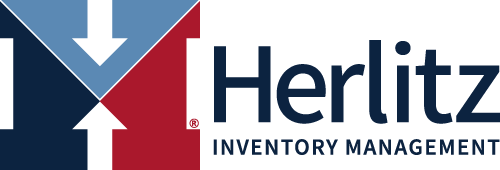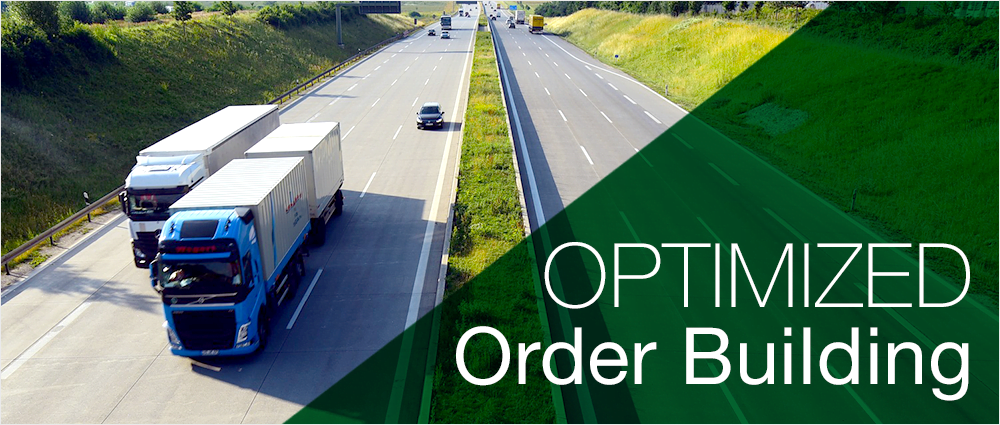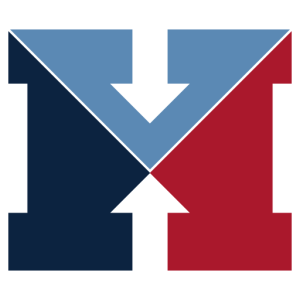How to Easily Fill One or Several Trucks for any Given Order for Improved Profit and Buyer Productivity
Shipping Costs are Raising
Freight rates have been climbing over the past decade. There are many factors affecting these rates and changes in shipping costs can fluctuate daily in some instances. When it comes to ordering goods for wholesalers and retailers alike, care and attention must be given to these rates so purchases are both efficient and cost effective. State of the art purchasing solutions should take this information into account when buyers are placing orders. However, there are many purchasing solutions which do not have the ability to fill a truck, let alone do it optimally. This is not a minor issue. It can have significant impact on profit when you consider number of orders per store, per week, across a chain.
Our Experience
I have personally been a part of building this functionality in two solutions, one in the 90’s and for our current solution, HIMPACT. Assuming the solution can optimize adding days of supply, the next trick to filling a truck or container is to know what you are building toward for a 53-foot trailer (e.g. 44,000 pounds or 3,816 cubic feet, or 26-30 pallets). This sounds like a big math challenge but software solves this problem for you.
The system I built in the 90’s, at that time, allowed for a buyer to link two requirements, such as 44,000 pounds as the weight and 3,816 cubic feet. HIMPACT supports this functionality also. This is significant because depending on the mix of product on the truck, you may hit the weight maximum (called weighing out) before you hit the volume maximum (called cubing out), or vice versa.
This gets slightly more complicated when you bring in the factor of building an order that consists of multiple trucks or containers. But it also creates fantastic new opportunities to improve both customer service and profit.
Truck Split Functionality
HIMPACT’s truck split functionality supports assigning default trucks to each vendor. These trucks are defined by three criteria. Most typically, the maximum weight, volume, and pallet count are configured. With this information HIMPACT can build an unlimited number of truck orders. Each truck can be assigned its own delivery day or transportation method. For example, Monday’s deliveries are delivered by the vendor but Tuesday’s deliveries are backhauled.
Truck Split also has different split options to fit your business requirements. A normal split optimizes the receiving process in general by trying to keep as many items together while minimizing the number of trucks needed. A Priority Split places the items that are needed most on the first truck with the items that have a higher days-of-supply on later trucks. The benefit is being able to spread out your deliveries while minimizing your outs.
There is a Duplicate Split feature, which tries to make the trucks as similar as possible. Grouped Split supports a truck split group code and keeps items of the same group together as much possible. One use for this is to code your high vs. low demand items if your warehouse is laid out similarly to optimize receiving. The high demand trucks go to the bays near the high demand area, for example.
The final split option is called Separated. This is used for carriers which do not support multiple temperatures on the same truck. When you buy frozen and chill items, for example, if you need them on separate trucks, with separate POs, this feature does that automatically without forcing users to manually move items between trucks.
The Results?
How much more efficient can a buyer be with such functionality? One beer and wine distributor needed 4-6 hours in excel to build a valid import order. HIMPACT did this for them in a matter of seconds, thus freeing the buyers up to be more strategic in other areas such as promotion management and getting ahead of the market instead of reacting after the fact.
Optimized order building is a function that should be built into any decent inventory management system. Its value has far-reaching impact on the profit and scalability of your business.


